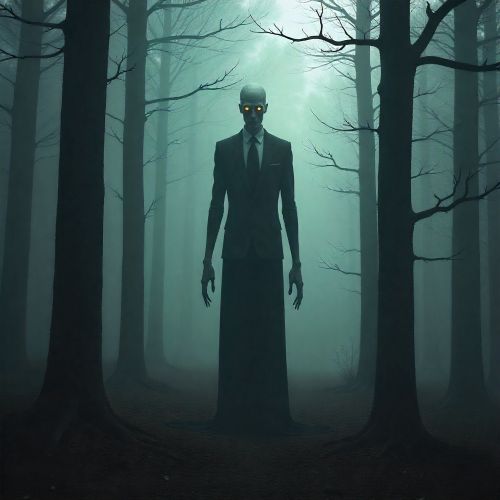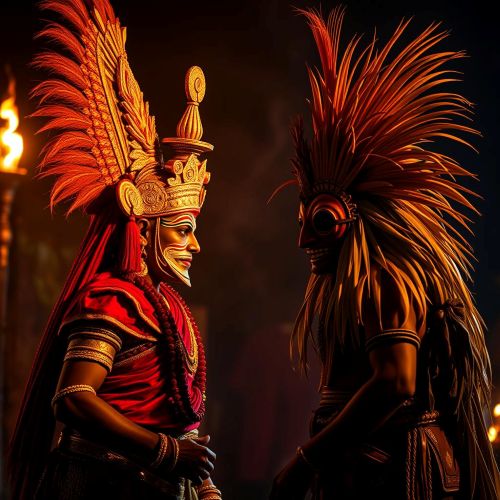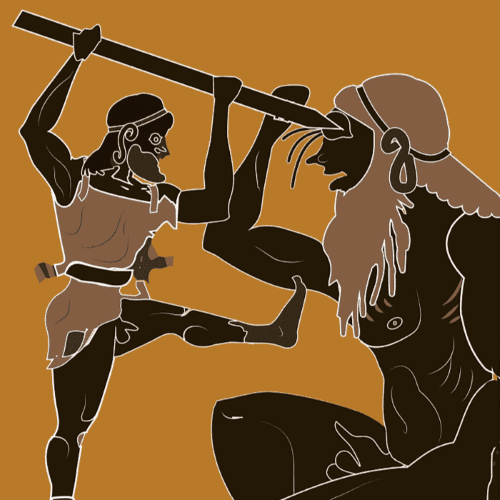Theyyam Festival of Kerala – When Men Become Gods
Theyyam, one of the most vibrant and visually stunning cultural traditions of Kerala, is more than just a performance—it is a living ritual that bridges the human and the divine. The word Theyyam is derived from Daivam, meaning “god” in Malayalam, and it represents a form of worship where performers transform into deities through elaborate costumes, dance, and trance-like rituals. The Theyyam Festival has been celebrated for centuries in the northern districts of Kerala, especially in Kannur and Kasaragod, and remains one of India’s most awe-inspiring expressions of living mythology.
Origins and History of Theyyam
The origins of the Theyyam Festival trace back over a thousand years, deeply rooted in Kerala’s indigenous Dravidian culture and ancient tribal worship. It predates the arrival of Brahmanical Hinduism in the region and continues to preserve its pre-Vedic essence. Theyyam rituals were once performed to honor local heroes, ancestral spirits, and nature deities who protected the community.
Over time, Hindu mythological elements merged with these tribal beliefs, creating a distinctive spiritual synthesis. Local legends recount that every Theyyam represents a deity who once walked the earth—be it a warrior, a woman wronged, a serpent spirit, or a benevolent protector. Through this fusion, Theyyam became not only a form of entertainment but also a sacred duty and a channel of divine communication for devotees.
Rituals and Ceremonial Practices
The Theyyam Festival is held between October and May, with the peak season occurring from December to April. Each performance takes place in sacred spaces called Kavus (sacred groves) or ancestral shrines (Tharavadu), where local communities gather in reverence.
The rituals typically begin in the evening and continue until dawn, creating an otherworldly atmosphere. Preparations involve chanting, drumming, lighting of torches, and ritualistic purification. The performer, after intense fasting and meditation, enters a trance, believed to be possessed by the deity being represented. At this point, the Theyyam performer ceases to be human in the eyes of devotees—he becomes the god incarnate.
The climax of the ritual occurs when the Theyyam interacts directly with the devotees—listening to their grievances, blessing them, and even providing oracular insights. This divine-human connection is what makes Theyyam so unique and deeply personal to the communities that celebrate it.
Costumes and Symbolism
The visual spectacle of the Theyyam Festival lies in its extraordinary costumes and makeup. The preparation of a Theyyam costume can take weeks, as it involves intricate artistry passed down through generations.
The performer’s face is painted with natural pigments in bright reds, oranges, and yellows to represent divine energy and power. Headgear, often towering several feet high, is crafted from bamboo, coconut leaves, and cloth. Ornaments made of brass and silver, anklets, and palm-leaf decorations complete the ensemble.
Each Theyyam deity has distinct patterns and symbols—Muchilottu Bhagavathi embodies feminine power and justice, Gulikan represents death and time, while Kuttichathan personifies rebellion against oppression. The fiery torches, rhythmic drums, and vigorous dance steps symbolize the eternal cycle of destruction and renewal—a core theme in Theyyam mythology.
Varieties of Theyyam
There are more than 400 types of Theyyams, each representing a unique story, deity, or ancestral spirit. The major categories include:
-
Bhagavathi Theyyams: Representing powerful goddesses, often associated with fertility, protection, and justice.
-
Vishnu Moorthi Theyyam: A Vaishnavite form depicting the story of Narasimha, the lion-headed incarnation of Vishnu.
-
Gulikan Theyyam: Associated with Yama, the god of death, symbolizing balance and cosmic order.
-
Pottan Theyyam: Representing the spirit of social equality and resistance against injustice, often linked to reformist movements.
Each Theyyam has a distinctive rhythm, song, and style of performance, reflecting the diversity of Kerala’s cultural and spiritual landscape.
Role of the Performers
The Theyyam performer, known as a Kolakaran, undergoes intense preparation—both physical and spiritual. Traditionally, only members of specific communities such as the Vannan, Malayan, and Velan are permitted to perform Theyyam, a system passed through hereditary lines.
These artists dedicate their lives to mastering the songs, movements, and rituals that define each deity. During the performance, they enter a state of trance so deep that they often walk through fire, dance amidst flames, and deliver divine pronouncements without fear or harm.
For the performer, Theyyam is not just a ritual—it is a sacred calling that commands absolute devotion and belief.
Theyyam as Living Mythology
Unlike many ancient traditions that have faded over time, the Theyyam Festival continues to thrive, serving as a bridge between myth and modernity. It is a living embodiment of Kerala’s oral heritage, preserving centuries-old stories through movement, sound, and color.
Theyyam also functions as a social equalizer. In a region once divided by caste hierarchies, the performer—often from marginalized communities—is worshipped as a deity by people from all walks of life, including upper castes. This reversal of roles makes Theyyam a profound statement on equality and faith.
Modern Day Relevance and Global Recognition
Today, the Theyyam Festival has transcended its regional roots to become a symbol of Kerala’s cultural identity. Tourists, scholars, and photographers from around the world travel to witness this mesmerizing spectacle.
Cultural organizations and tourism boards have begun promoting Theyyam as a unique attraction, while maintaining its ritual sanctity. Documentaries, films, and art installations inspired by Theyyam have helped global audiences appreciate its depth and beauty.
At the same time, modern Theyyam performers have adapted to contemporary stages while retaining their spiritual essence, ensuring that this age-old tradition continues to evolve with time.
Conclusion
The Theyyam Festival is not merely a performance—it is a dialogue between the divine and the mortal, a living testimony to Kerala’s deep-rooted spirituality and artistic grandeur. It reminds us that mythology is not confined to the pages of history—it breathes, dances, and speaks through the colors and flames of Theyyam.
In every swirl of the dancer’s skirt, every beat of the drum, and every flash of fire, the gods come alive once more, reaffirming the eternal bond between humanity and the sacred.
No posts were found.









